In addition, Sharon will be one of the presenters at this year's UNLV Summit on the Research and Teaching of Young Adult Literature. She was one of the presenters in the first group to visit UNLV in 2018. We hope you are making plans to visit us this year. See the flier below.
Thanks Sharon
Transforming a Class into a Literary Award Selection Committee:
A Culminating Experience in a Young Adult Literature Course
By Sharon Kane
The requirements of my course include reading one YA text and one article from The ALAN Review and/or the weekly post on Dr. Bickmore’s YAWednesday blog each week. Students join ALAN, and the culminating assignment is to write a manuscript appropriate for The ALAN Review. (One former student, Derrick Smith, submitted his; “Bringing Fantasy and Science Fiction into the Classroom” was published in Winter, 2012.) In the fall of 2019, I collected drafts right before flying to Baltimore for NCTE, and sent students my “Editor’s Suggestions” during Thanksgiving break. So, when they came in for the last class on December 4 with their final manuscript in hand, they might have thought the course was pretty much finished.
Not quite. I introduced them to the inaugural “ENGLISH 384 Literary Award,” and welcomed them as newly chosen committee members. Their job? To write the titles of the 13 books they read for our course, rank ordered according to how worthy to win the gold medal they considered them to be. Since there was some choice during our middle weeks, individual lists contained different titles, making our job tricky. But students had at least heard others talking about all the books, so we did the best we could. I emphasized that I was not asking them to rank the books according to extent they liked them, but rather according to literary merit (which I left undefined). Here are the books, or categories, we played with during the semester:
I divided the class into 2 groups so that we could work as committees of about 10 members, since a whole class committee would be unwieldy. One committee, with Michaela as the newly appointed chair, went out to the hall to deliberate. They were told to come back when they had a Gold Medal winner and 2 or 3 finalists. I gave little direction in terms of how to proceed or what criteria to use. They would decide whether to work through discussion toward consensus, or to vote, or to find a unique formula. I stayed in our classroom with the rest.
Silver: Jason Reynold’s Ghost; Kenneth Oppel’s The Nest; and Neal Shusterman’s Unwind
Silver: Awarded to The Nest by Kenneth Oppel and We Were Liars by E. Lockhart
The college clock struck seven. Our class, as well as our course, was over. It was time for my wonderful, gold medal-deserving group of YA literature enthusiasts to disband. I think they may have been relieved that the competition ended before any hearts were crushed with disappointment. We left the room, feeling like winners.
Special thanks to these passionate reviewers and award committee members: Alyssa, Michaela, Megan, Anna, Kaitlyn, Kim, Trent, Lizzy, Victoria, Matthew, Natalie, Alli, Jenna, Rasheed, Liz, Ethan, Sierra, David, Stephanie, Erin, and Marlana.
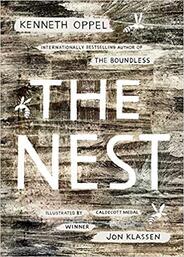
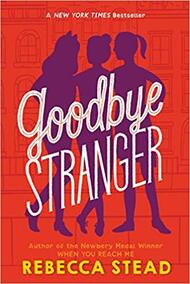
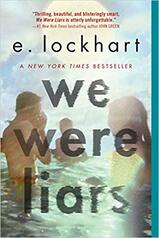
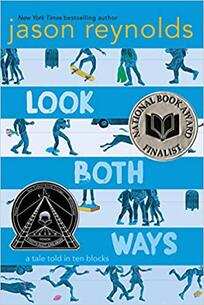
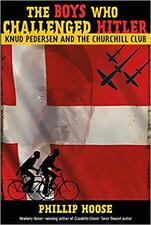
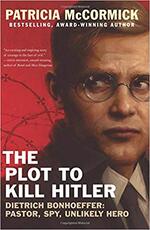
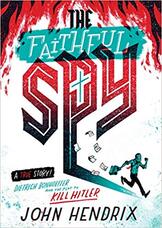
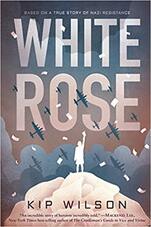
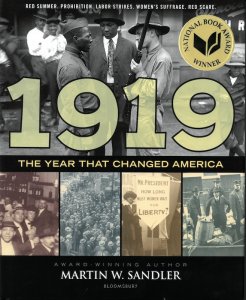
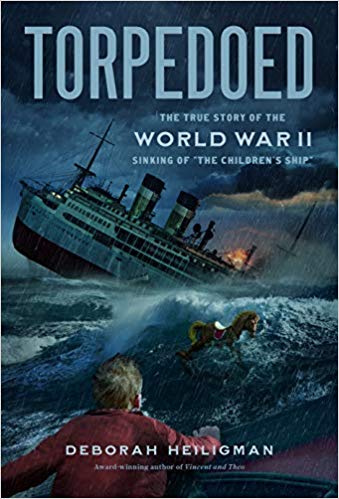
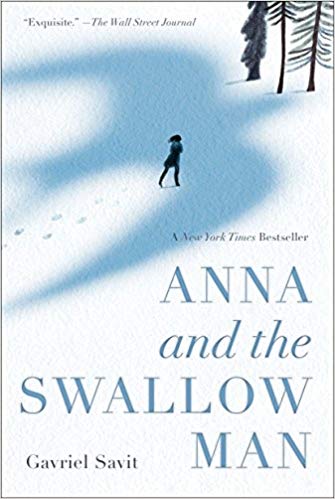
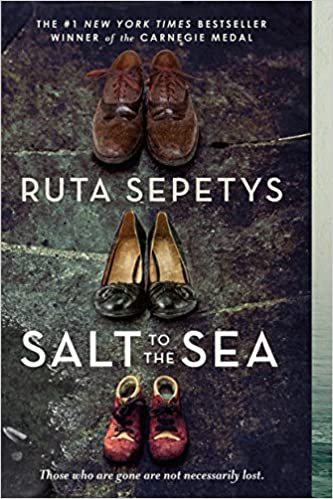
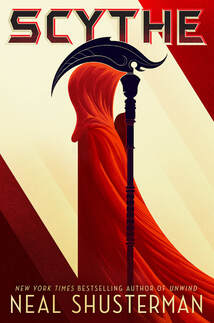
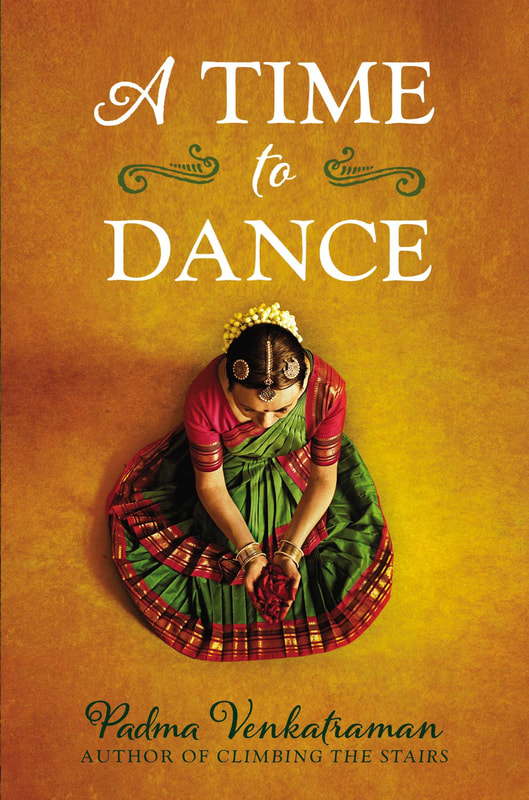
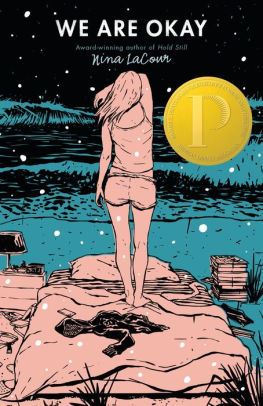
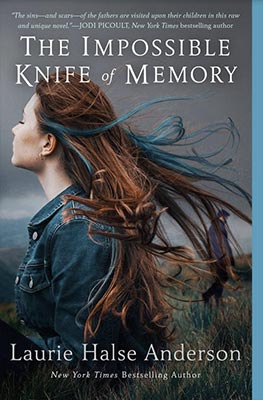
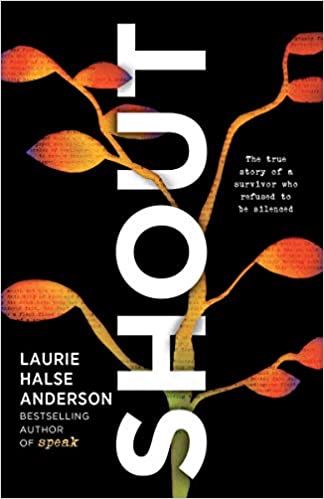
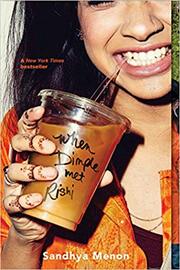
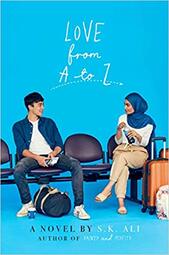
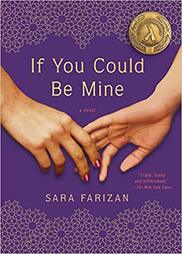
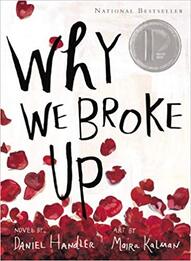
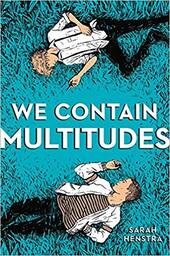
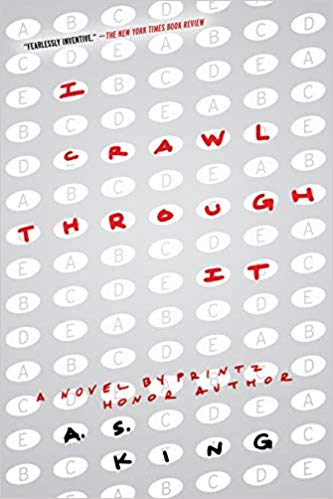
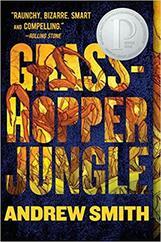
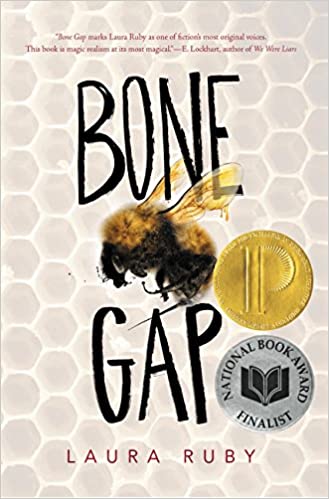
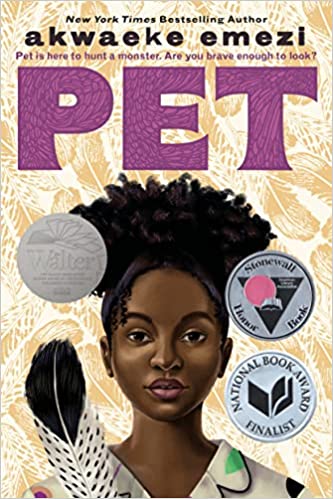
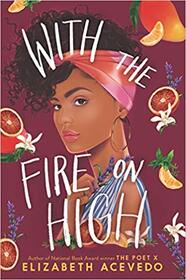
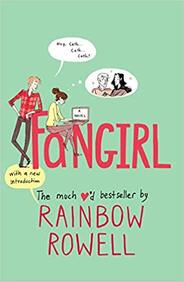
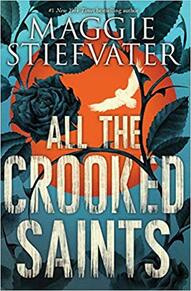
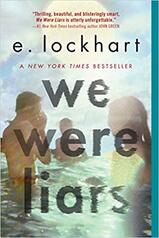
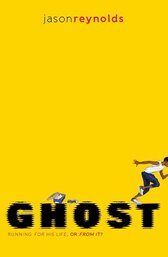
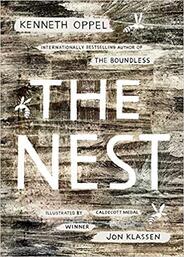
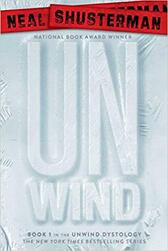
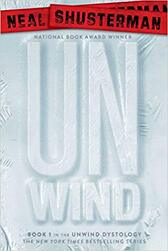
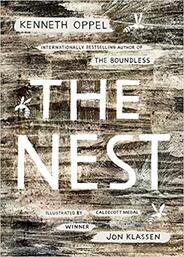
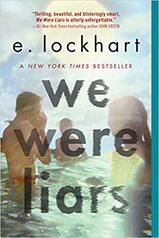


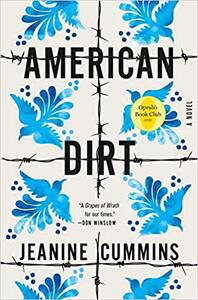
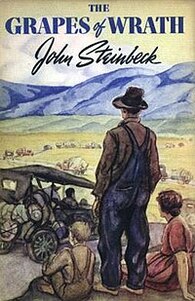
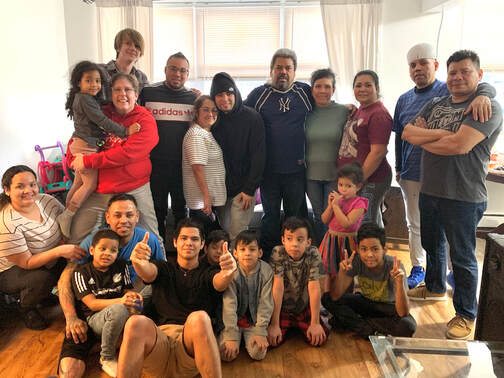
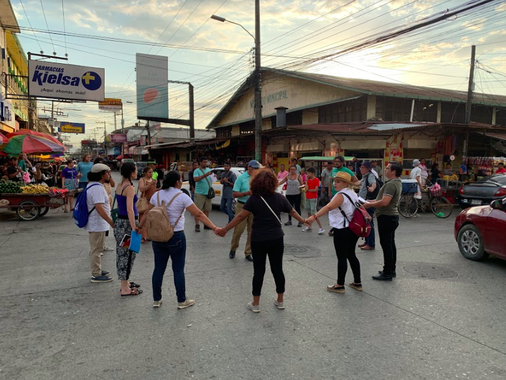
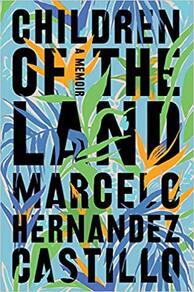
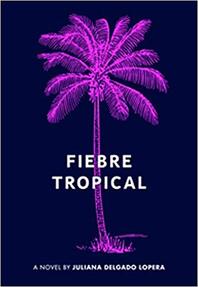
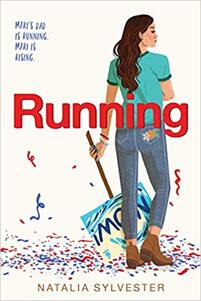
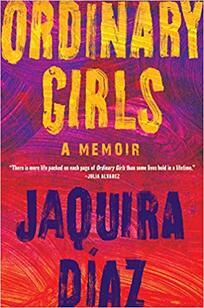
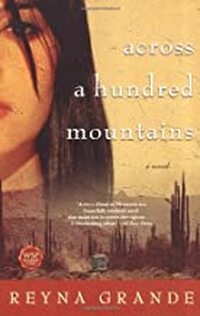
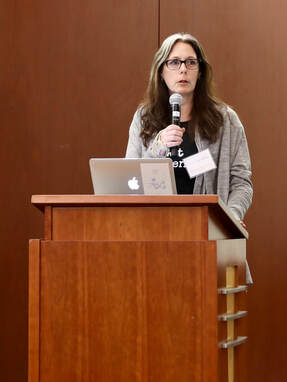
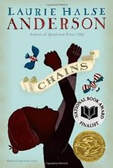
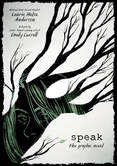
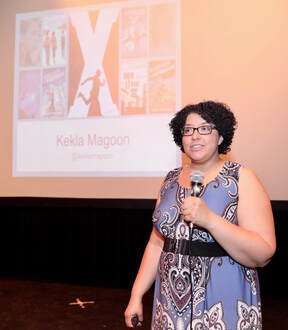
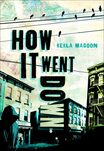
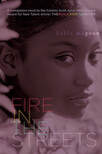
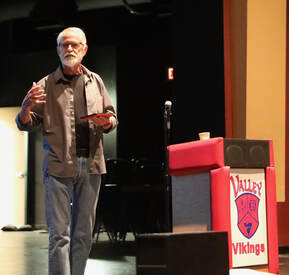
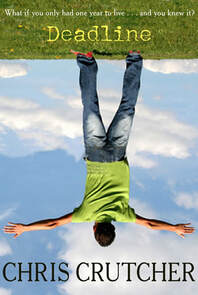
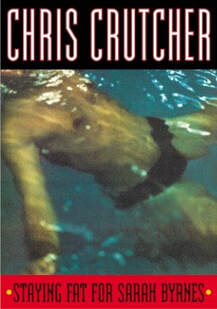
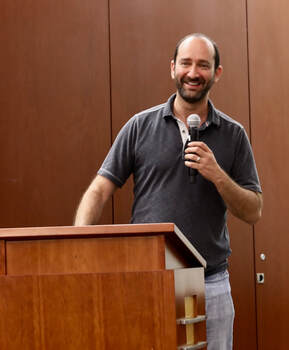
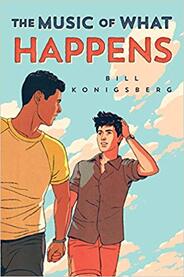
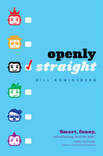
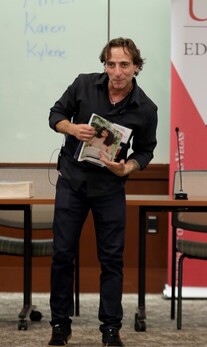
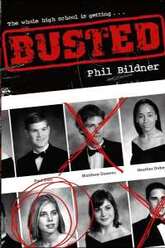
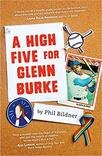
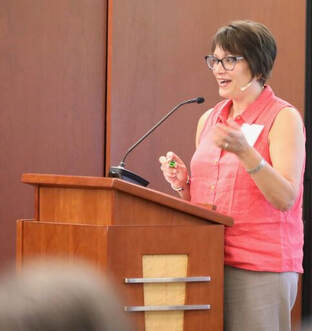
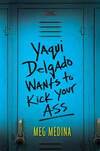

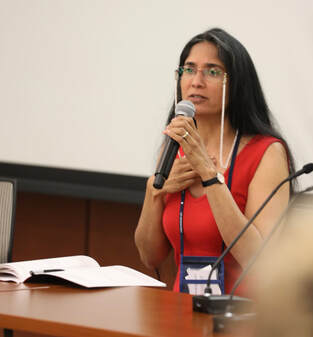
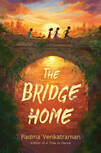

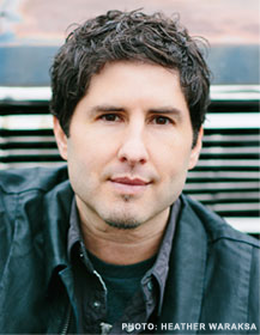
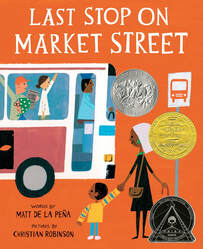

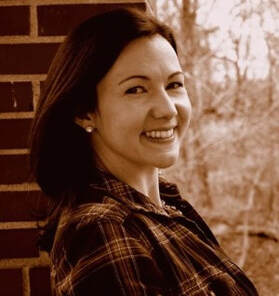
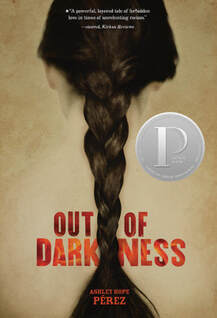
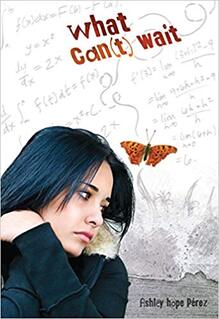

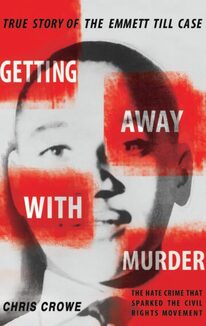
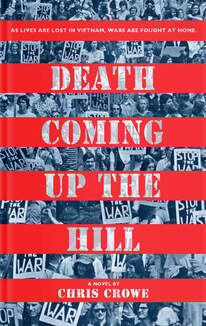

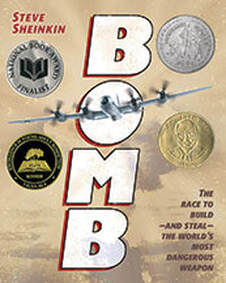
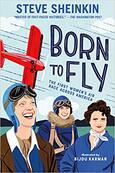
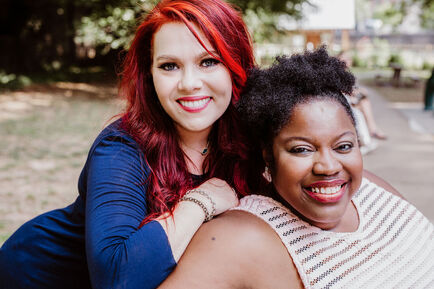
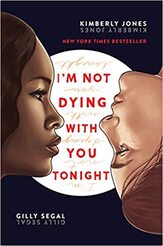
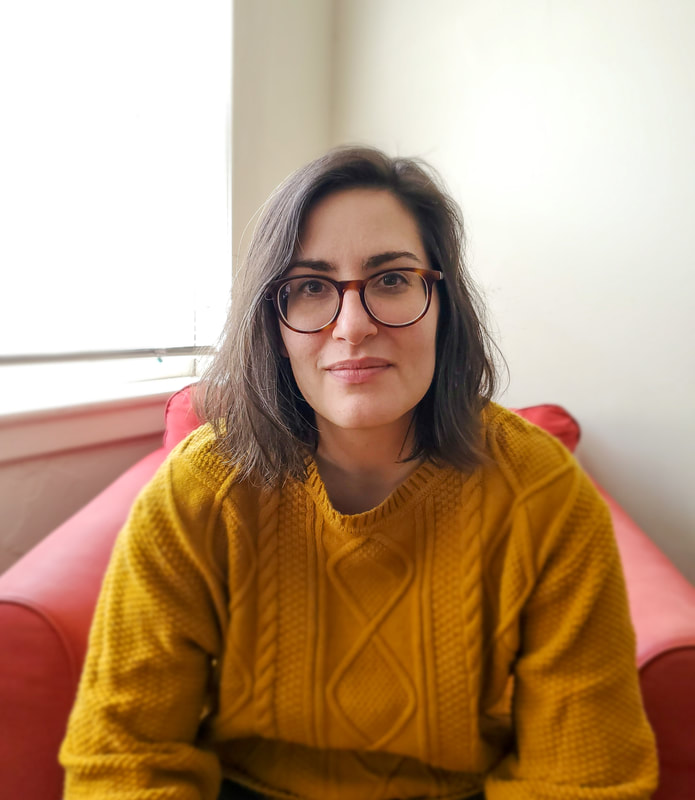



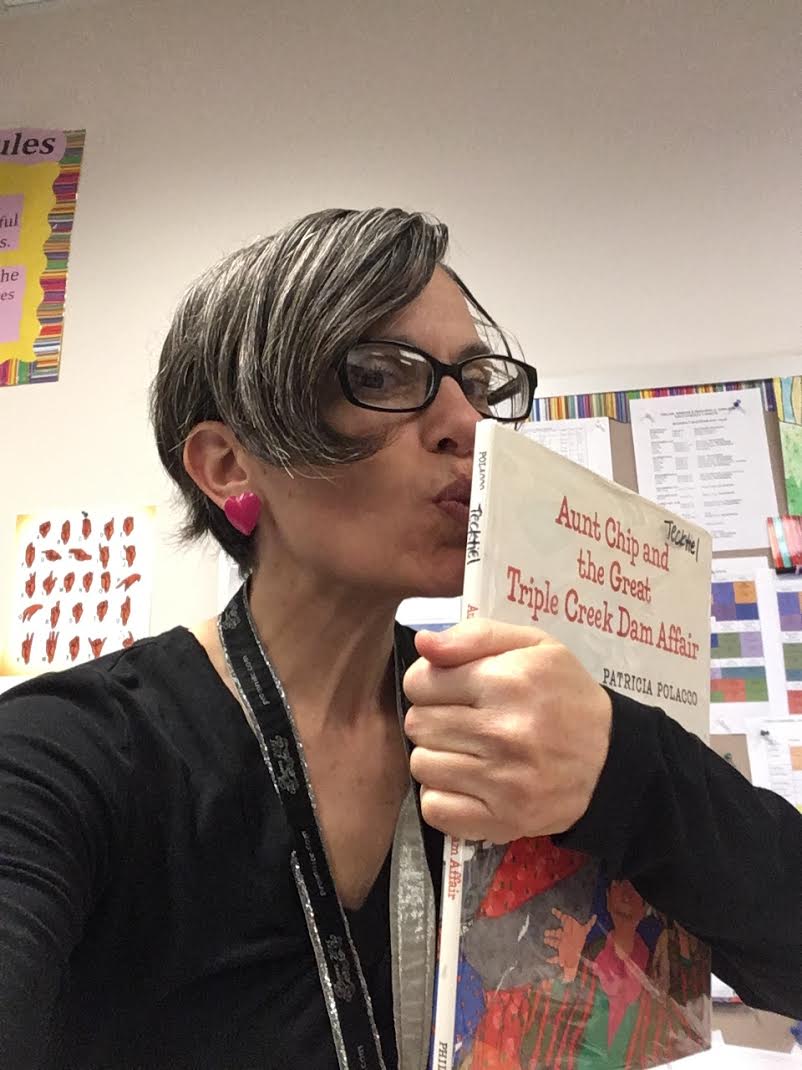
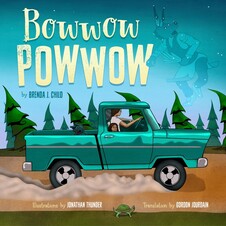
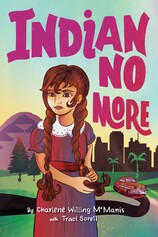
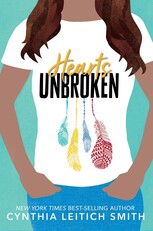
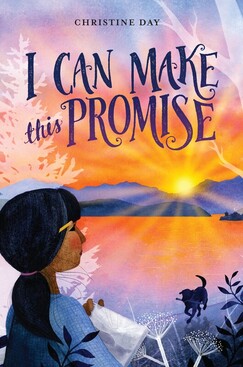
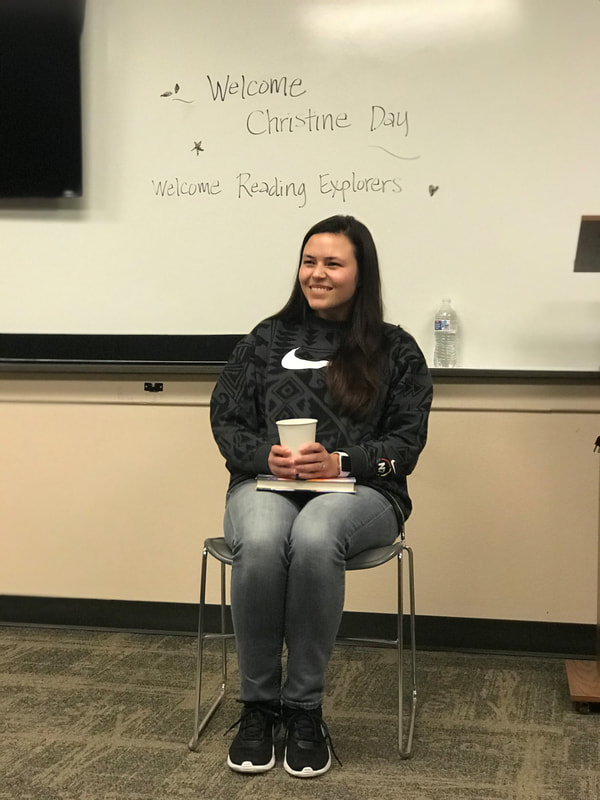

 RSS Feed
RSS Feed